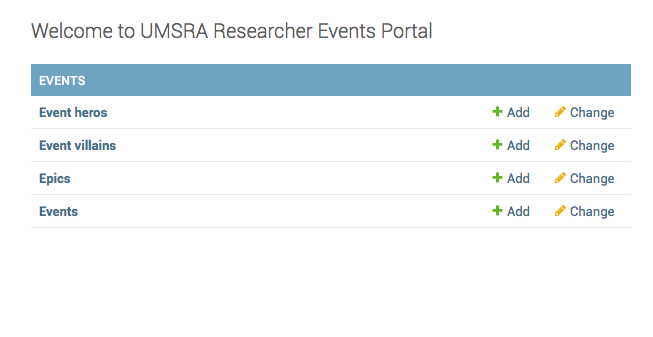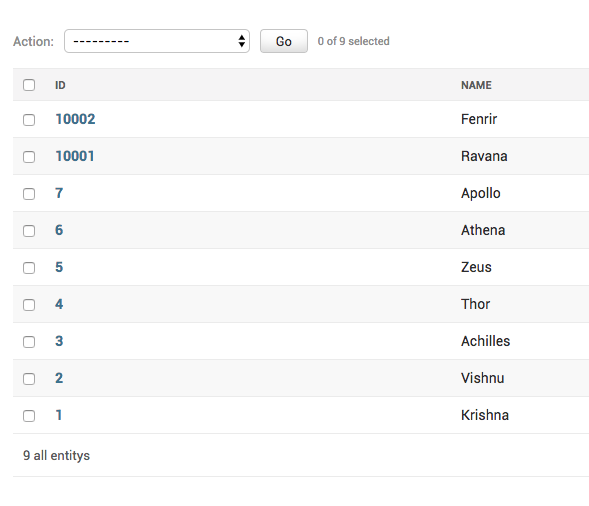Text and Design
Calculated fields
Bulk and custom actions
Permissions
Multiple models and inlines
Listview Page
Changeview Page
- 29. How to show image from Imagefield in Django admin.
- 30. How to associate model with current user while saving?
- 31. How to mark a field as readonly in admin?
- 32. How to show an uneditable field in admin?
- 33. How to make a field editable while creating, but read only in existing objects?
- 34. How to filter FK dropdown values in django admin?
- 35. How to manage a model with a FK with a large number of objects?
- 36. How to change ForeignKey display text in dropdowns?
- 37. How to add a custom button to Django change view page?

